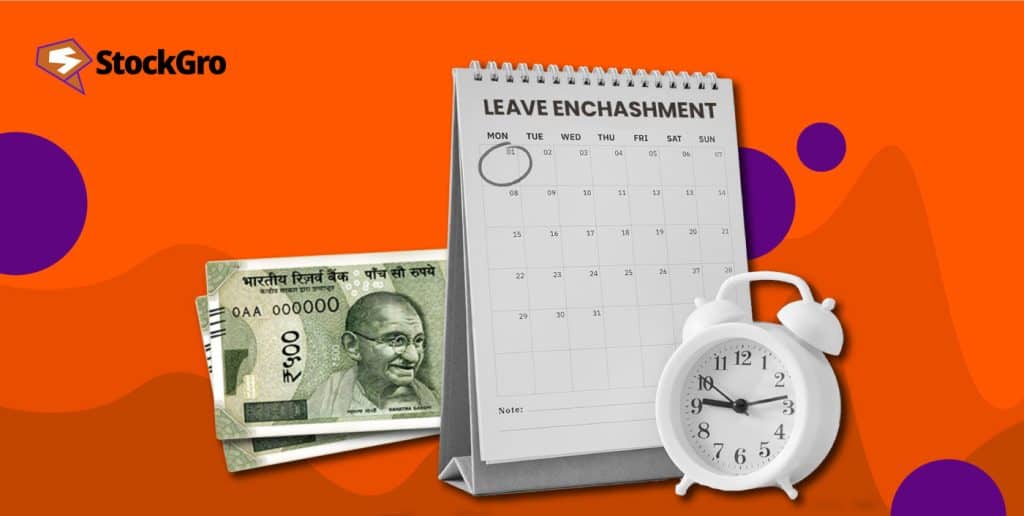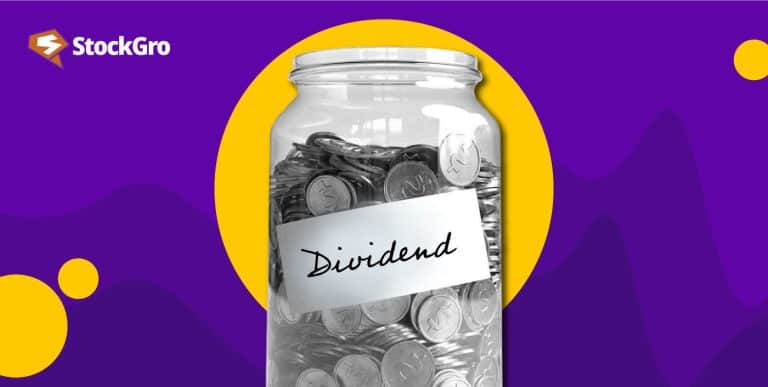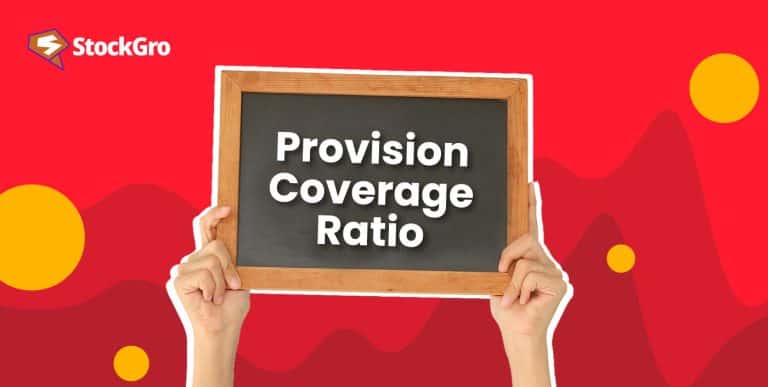
Are you in the urge to take all the leaves given by your employer to get full use of them? If so, you might not be familiar with the term ‘leave encashment’.
If you don’t require all your leave days but still wish to benefit from them, then leave encashment is the option you should be looking for. Let’s now look into its meaning, the method of its calculation, and the associated tax considerations.
Leave encashment– What is it?
Every employee is entitled to take leave for a minimum number of days in accordance with labour rules. It’s not necessary to take all of these breaks, though. But it’s not compulsory to take all these breaks. In such situations, leave encashment gets handy.
The leave encashment meaning is simply encashing the leave. Instead of taking the eligible leave, they’re compensated with money for the leave days they didn’t use.
Many companies let you save these unused leave days. When you leave your job or retire, you can encash these days. For example, if you have ten days of leave but only use five, you have the other five days left. You can either bank it for later or get paid for it.
To understand more about this policy, first, let’s understand the types of leave available for an employee in general.
You may also like: Early salary: A smart way to borrow short-term personal loans online
What are the types of leave available?
- Paid leave: This leave is, by and large, accumulated according to days worked and can be used for personal reasons, like vacations or holidays.
- Casual leave: It’s for out of the blue or short-term personal needs. You can take this leave for a minimum of half a day up to three days at a time. In most cases, casual leave is generally not carried forward or encashed.
- Sick leave: It’s for employees who are unwell and unable to work. The minimum number of sick leave you can take is 12 according to the government mandate. The maximum differs according to the employer. A medical certificate is usually required for a sick leave of 3 days at a time.
- Maternity leave: Expecting mothers are entitled to maternity leave, with up to 26 weeks for the first two children, as mandated by the Maternity Benefit Act of 1961. You can divide this leave into pre- and post-delivery times. Please note the leave is fully paid, yet it cannot be encashed.
- Paternity leave: This is like maternity leave except for new dads. Yet the number of days is up to the employer. Indian central government workers can avail of up to 15 days of paternity leave. You can avail of this leave either before or after the child is born. If after, it should be within six months following the birth. This leave is not eligible for encashment.
- Sabbatical leave: It allows employees to pursue personal or professional growth, like higher education or specialised training. This leave is often paid, per company policy, but cannot be encashed.
- Holidays: These cover national holidays, festivals, and weekends. These are paid days and are not deducted from other leave balances.
These are some of the types of leaves offered by employers. For some of these, you can cash them if you haven’t used that holiday. This brings us to the question: Is leave encashment taxable?
Tax on leave encashment
Taxation depends on when it is received and also are subject to leave encashment tax exemption.
During employment
You can encash the unused leave while you’re employed, and the amount is fully taxable and treated as part of the payslip. Still, employees may request tax cuts under Section 89 by submitting Form 10E.
At retirement or resignation
Encashment of leave upon retirement or resignation for government employees is completely tax-free. Employees who are not government employees are granted a partial exemption under Income Tax Act Section 10(10AA)(ii). The following are the lowest values of the exemption limit:
- ₹25 lakh
- Actual leave encashment received
- 10 months’ salary (based on the average salary of the last 10 months)
- Leave entitlement (not exceeding 30 days for each year of service) minus actual leave taken
The remaining amount, if any, is taxed as salary income.
On death
The full amount can be leave encashment exemption if it is received by a legal heir after an employee’s death. It make sures that the family does not face a tax burden during such a difficult time.
Also read: Old vs. New – Which income tax regime is better for FY 2023-24?
Leave encashment calculation
Entitled employees under the Occupational Safety, Health, and Working Conditions Code (OSH Code) have the right to thirty days of paid leave each year.
After twenty years of service in a private company, let us say Ravi has retired. Say, his basic salary at retirement was ₹1.5 lakhs per month. The company allowed 30 days of paid leave per year. Ravi used 350 days and had 250 unused days left.
Leave encashment formula,
Encashed amount = Basic salary per day × Number of unused leave days
= (150000 / 30) * 250 = 5000 * 250 = ₹12,50,000
Therefore Ravi can get up to ₹12.5 lakhs. As a non-government employee, his encashment is partially exempt from tax according to Section 10(10AA)(ii).
Also read: How do your earnings determine your personal loan size?
Bottomline
As an employee, you can very well make educated decisions about leave encashment by understanding its calculation and tax implications. This proficiency helps you maximise the financial bonus.
FAQs
How can I calculate my leave encashment?
To get this value, first, calculate your basic salary per day by dividing your monthly basic salary by thirty. Subsequently, this daily salary has to be multiplied by the number of leave days not taken at all. This will give you how much you will be paid for the leave days you’ve saved.
How is 300 days leave encashment calculated?
In order to calculate the encashment for 300 days of leave, first determine the daily basic salary by dividing the monthly basic salary by 30 days. Then, multiply the result by 300. This will give you the total amount you will be receiving on the 300 unused leave days. For example, if your monthly basic salary is ₹60,000, your encashment would be (60000/30)*300=₹6 lakh.
How much leave encashment is tax free?
For non-government employees, leave encashment received during employment is fully taxable, but tax relief can be sought under Section 89 by filing Form 10E. Upon retirement or resignation, the tax-free limit is the least of ₹25 lakh, actual leave encashment received, 10 months’ average salary, or leave entitlement minus actual leave taken. For government employees, leave encashment received at retirement or resignation is fully exempt from tax.
Is leave encashment only on basic salary?
Usually, the calculation of leave encashment takes into account basic salary plus dearness allowance (DA). Other things like house rent allowance or conveyance allowance are generally excluded from this computation. Nevertheless, company-specific guidelines might differ; hence ensure your organisation’s policy on leave encashing for exact details.
Who is eligible for leave encashment?
Leave encashment entitlement relies on employer’s policies and terms of employment. Generally, it applies to workers who have extra time off days that are still unutilised. Government officials do not pay any taxes upon retiring or leaving the service due to their exemption from tax on accumulated leave. Non-governmental employees may also be entitled to cash in their leaves whose tax reliefs are subjected to specific limits in accordance with section 10(10AA) of the Indian Income Tax Act.

